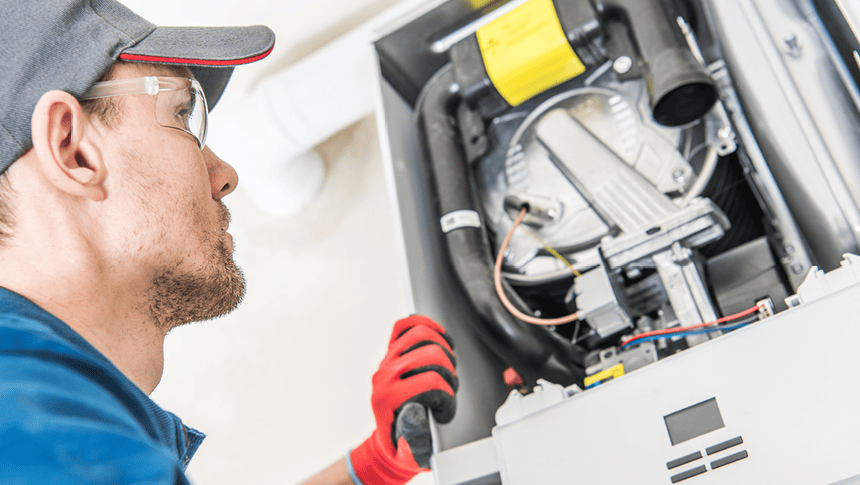How to read a gas furnace bid from contractors
Furnace, Heating Solutions Updated: May 18, 2023Know what to look for when choosing a new furnace and installer

Know what to look for when choosing a new furnace and installer

The process of reading contractor bids and choosing the best one goes much smoother when you know which details to look for. While it’s strongly recommended to seek bids from multiple contractors, this process can be even more confusing when the various bids don’t include the same information. Consider the following when you’re ready to hire your heating installer for your furnace project.

Inclusions are what the contractor is committing to complete for the quoted amount. Exclusions typically describe work related to the primary services that the contractor is not agreeing to perform. This may include removing or recycling existing equipment, replacing an existing air handler, removing a previously used exhaust flue and modifying electrical components. It’s important to ask your contractor if they believe you’ll need any of these services to complete the project.
While contractors may clearly call out services or products that are not included, it’s also safe to assume that when something is not mentioned at all, it probably means it’s not included. It’s a good idea to make sure all details are listed in the bid and request add-ons in writing for better tracking. This includes expectations around site cleanup at the end of the day/project, permit costs, warranty coverage (labor vs. parts) and rebate/incentive support. If you see something showing on Contractor A’s bid, but not included with Contractor B, this is a good opportunity to ask why.
As you collect bids from multiple contractors, you will likely have to decide between different equipment manufacturers. Each contractor likely sells multiple brands of equipment to their customers. Understanding the difference between each of the popular gas furnace manufacturers can be very difficult. Manufacturers and their associated dealers (contractors) are very good at selling their specific equipment (that’s their job!). Beyond referring to third-party consumer report-style websites, you can look for these other distinguishing factors:
Installation costs can vary significantly, both by contractor and across different conditions of the installation location. As referenced in the section above, be sure to thoroughly review the estimates provided by the contractors bidding your project and compare what is and is not in the description of services. While reviewing the add-on services or products offered by your contractor, consider that some of these options could have a significant impact on your overall satisfaction of your new system.
There are optional services and features that could make or break the performance of your gas furnace. Examples include the option of adding a central air conditioner at the same time (or down the road), duct sealing/insulation/repair, enhanced air filtration systems, energy or heat recovery ventilation and enhanced heating controls (thermostat).
The costs associated with a new furnace are not limited to the initial installation costs. The amount of money spent to power the furnace, better known as the operating cost, is just as important. Although operating costs are typically not included in the bidding documents, it can be discussed during the sales process. While there isn’t a way to predict the exact cost of operating your new furnace, there are five key factors that influence this cost.
A contingency fee is often a specified percentage of the overall project cost listed as a separate line item in the bid and reserved for unforeseen circumstances. For example, if you hire a contractor to complete a job that is priced at $10,000, and they have a 10% contingency fee added to the bid, your maximum project cost is $11,000. If the contractor is able to complete the project without running into unforeseen circumstances, there will likely be contract language requiring the contractor to reduce the final project cost by that $1,000 amount.
For example, “unforeseen circumstance” typically involves site-specific conditions that were not evident when the original project scope was priced out and must be dealt with to continue the work. Examples could include mold hiding behind a wall, damaged electrical wiring obscured by insulation, or termite damage to structural wood framing. It is important to discuss with your contractor how they will communicate with you before either completing the extra work and tacking on additional costs to your invoice, or potentially dipping into a contingency fee.
Remember, you’re not just purchasing a piece of equipment, you’re also hiring a company to perform the installation. Look out for services included and not included, which can impact the overall performance of your heating system. Some key services include:
Ready to start gathering bids for your gas furnace project? Use our search tool to find an Energy Trust approved trade ally contractor near you.
